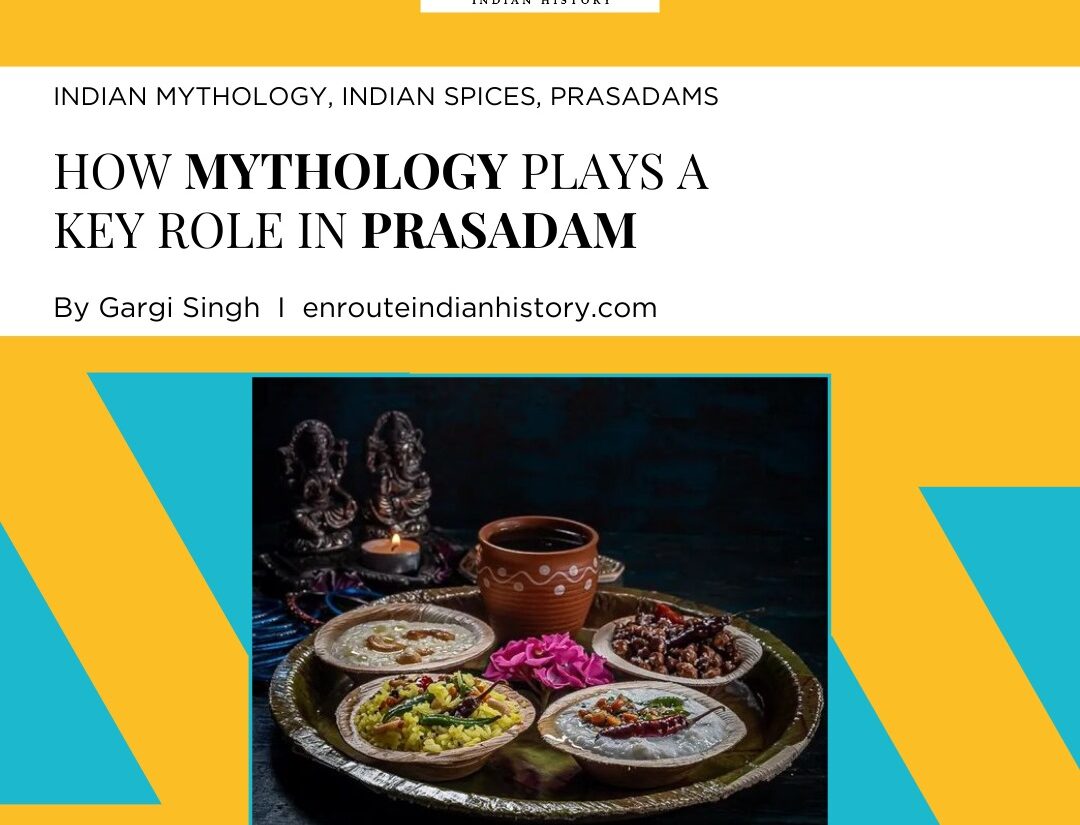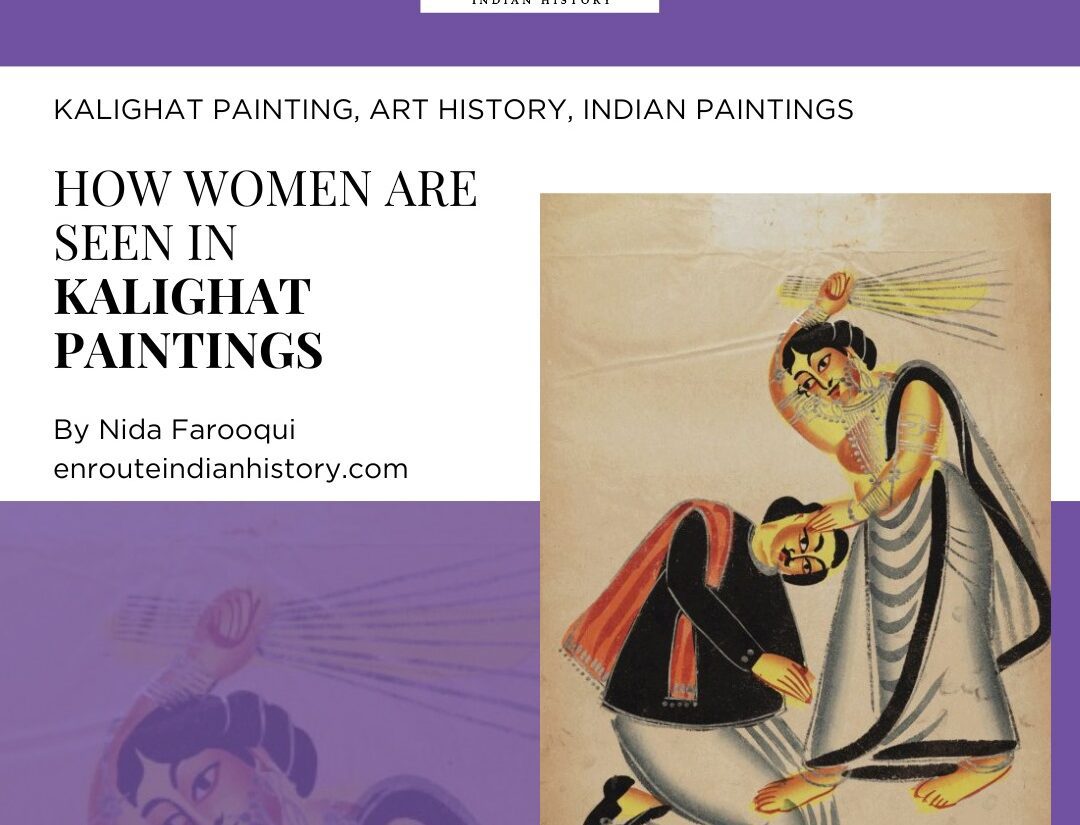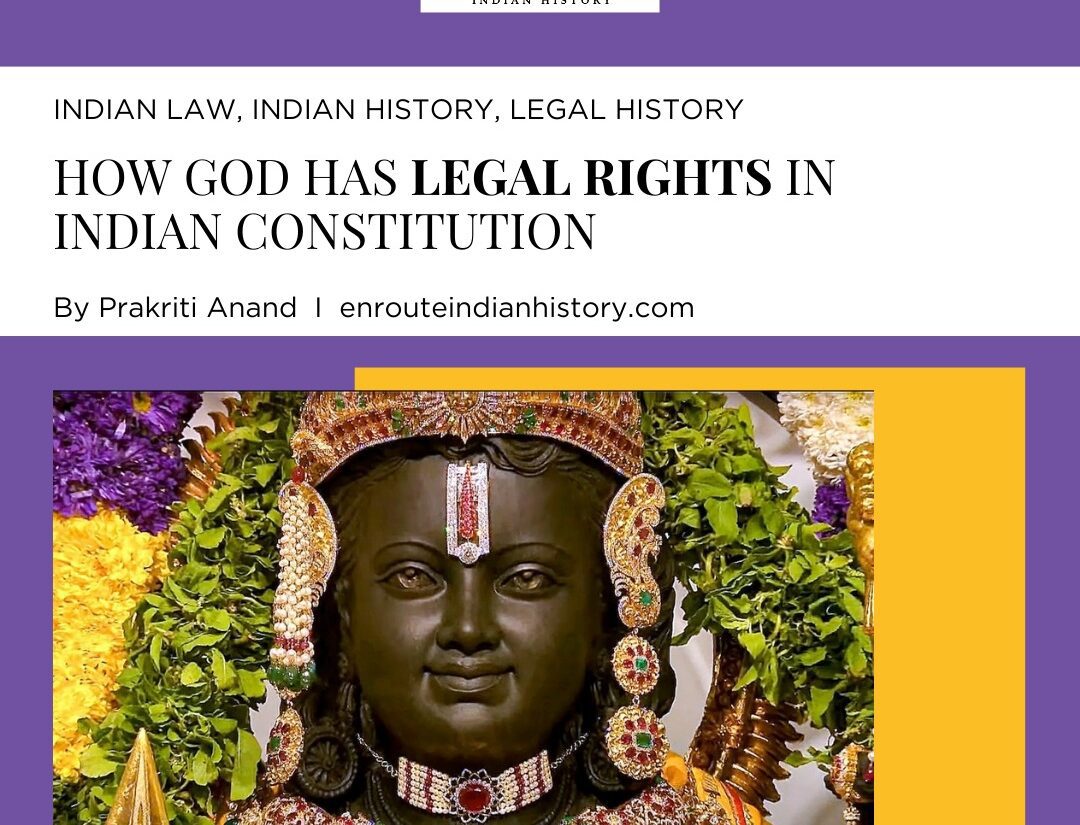An evening in Majnu ka tila : Exploring cultural dance performance
- EIH User
- September 22, 2023
Majnu ka Tilla, often known as MKT, is a special corner in Delhi with stories of perseverance to hold on to the past and move with the future. It is officially called New Aruna Nagar Colony and is located on the banks of the river Yamuna. Upon a visit to Majnu ka Tilla on a Wednesday evening, I was able to talk to members of the community and had an opportunity to watch them celebrate their evening by dancing. In recent years, MKT has also become a hub for the students of Delhi University due to its proximity. I was also able to interact with one such student to understand how several perceptions have been formed around this place. These conversations helped in understand the complexities of Majnu ka Tilla.

Streets of Majnu ka Tilla
Majnu ka Tilla gets its name from the Iranian Sufi mystic Abdulla, popularly known as Majnu(lost in love) who lived during the reign of Sikander Lodi. The saint is believed to have earned the praise of Guru Nanak Saheb for his deed of helping people cross the Yamuna River for free. To consolidate this meeting, a gurudwara was built by Baghel Singh in 1783 which continues to be a main attraction in the vicinity. Over a period of time, several communities inhabited the place.

Gurudwara at Majnu ka Tilla
In the 1960s, when the Tibetan community followed Dalai Lama into seeking asylum in India, many of them were accommodated in Delhi. Earlier they resided in Ladakh Budh Vihar but as the number increased rapidly, the government began searching for a piece of land around the banks of Yamuna. It was then that the community was re-habilitated in and around the areas of MKT. During the earlier period, make-shift living quarters were constructed since they believed that they would be returning soon but sadly the political conditions did not improve. The coming decades saw a permanent settlement of the community alongside the development of the market. They started shops selling authentic Tibetan food, chubas(traditional dress), and many traditional items. The Tibetan community is very close-knit in nature and tries to get together on several occasions. One such is the performance of gorshe, a traditional dance performed on Wednesday evenings.
To learn more about the community and their dance, I interviewed two gentlemen at the Sherig Parkhang Bookshop, in the main marketplace of Majnu Ka Tilla. They were quite proud to inform us that the shop has been in the vicinity for more than 40 years. Upon being asked about the dance that takes place every Wednesday, they informed me that is called Shapto (cultural dance). The main aim of these performances is to create an opportunity for the community members to gather and pass on their culture to their children. Although it does not hold any particular religious significance Wednesday is associated with Dalai Lama, the leader of the Tibetan community, and hence becomes extremely important. The dance would earlier take place in an open area in front of the monastery but due to the instructions of the local authorities, shapto now takes place on the Kalandak rooftop every Wednesday and is attended by many members of the community.

Open area in front of the Monastery
One of them explained to me how their religion is an integral part of their culture apart from the community celebrations. Ninety percent of Tibetans are Buddhist and perform daily morning prayers. They told us that performing the morning prayer is an activity that is very close to their heart and keeps them connected to the members of the community.
When I asked them what their favorite part of these community gatherings was, they were quick to point out their favorite food. The first was samba, one of the staple foods of the community, made of sattu, a flour quite famous in several regions of Bihar. Another one of their speciality is Tibetan salt/butter tea which is not only delicious but also healthy.

Tibetan Tea
Upon being asked how the MKT has changed in the past 10 years, they told about the increasing influence of Japanese and Korean culture with the opening of several eateries and clothing junctions promoting them. He did point out that it has contributed greatly to the economic development of the marketplace as more people started visiting it. The community rather than feeling threatened, has embraced this change. Upon saying this he quoted Dalai lama, who preached to them that ‘our religion is about being good hearted’ and the welcoming nature of the people here is the justification of this teaching.
After interacting and learning from the two men, I watched the dance for myself. When I reached the Kalandak rooftop, the dance had already begun. I was able to interact with a few members of the Tibetan community there. I learned that the dance performed on Wednesday evening is called Gorshe, a form of shapto, which means dancing in a circle. The women were wearing chubas while dancing. The dance begins around 6 PM and goes on till 8 PM. In the one hour, I spent watching them dance, slowly more and more members of the community joined, from young men to children, all of them were dancing in perfect coordination and enjoying themselves. Within the dancing circle was a pack of water bottles available, showing a planned organization for the event. It was so heartwarming watching the whole community gather like a family and celebrate their heritage.

Gorshe
When walking in the puzzle-like streets of MKT, one is bound to run into groups of students, enjoying Tibetan food, purchasing the trendiest clothes, or looking for a Korean restaurant. Upon talking to Harshita, a student from the University of Delhi, I learned the perceptions and realities that one faces while visiting Majnu ka Tilla. She has been coming here quite regularly for the past 3 to 4 years, and before coming here people had warned her about the ‘unsafety’ of the place. This perception turned out to be untrue as she described the place to be extremely welcoming and safe. Although her first few visits were dominated by the craze of the famous AMA cafe, she has come to love the laphing and describes the momos found here as ‘one of the best.’
When I asked her if she had witnessed the Shapto, one of the friends accompanying her was quick to reply how wonderful her experience was. She had witnessed the dance back when it used to take place in front of the monastery. Another one of their unique experience was having a Tibetan breakfast in front of the monastery one morning. They described that most of the shops were closed at that time and many members of the community were having breakfast together. It was a truly enriching experience for them.

Market, Majnu ka Tilla
Visiting Majnu ka Tilla is an enriching experience. It has to be acknowledged that the culture and history at Majnu ka Tilla are more complex and rich than what could be expressed here. From witnessing the shapto to talking to the members of the community and learning about their culture, makes one realize the importance of cultural preservation. This exercise has brought their already close-knit community even closer to one another. Although since the shift of the venue, fewer people get to witness the dance, the members of the community continue to rejoice in the company of each other passing it on to the future generation. They also teach us a lesson of perseverance to welcome every change with open hands while incorporating their values into it which reflects in how the people visiting never feel out of place. One has to visit themselves to truly understand the beauty of Majnu ka Tila.
References
- https://news.bharattimes.co.in/a-glimpse-of-tibetan-culture-at-majnu-ka-tila/
- https://www.outlooktraveller.com/explore/culture/interesting-neighbourhoods-in-india-majnu-ka-tilla
- Balasubramaniam, M. and Gupta, S. (2019). From Refuge to Rights: Majnu ka Tilla Tibetan Colony in New Delhi. kritisk etnografi – Swedish Journal of Anthropology, 2.
Pictures
- https://www.whatshot.in/delhi-ncr/rigo-restaurant-majnu-ka-tila-new-delhi-v-158643
- https://www.tripadvisor.in/Attraction_Review-g304551-d11045446-Reviews-Gurudwara_Majnu_ka_Tilla-New_Delhi_National_Capital_Territory_of_Delhi.html
- By the author
- https://www.newindianexpress.com/thesundaystandard/2020/jan/12/tastes-from-little-tibet-in-delhis-majnu-ka-tila-2088344.html
- https://www.yowangdu.com/tibetan-food/butter-tea.html
- https://www.tripadvisor.in/ShowUserReviews-g304551-d3705429-r571207430-Majnu_Ka_Tilla-New_Delhi_National_Capital_Territory_of_Delhi.html
- April 4, 2024
- 7 Min Read
- January 31, 2024
- 7 Min Read























